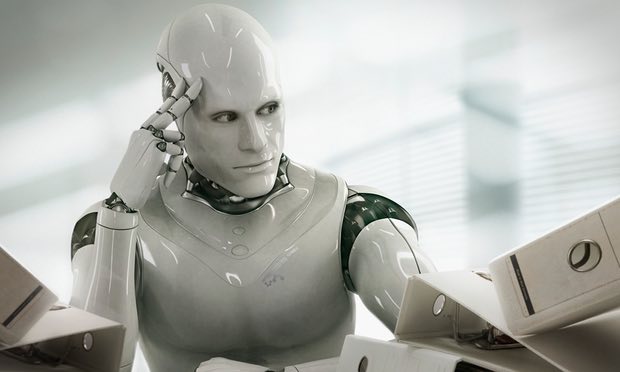One day I was reading an article in newspaper and end up on threats by machine on our lives. Isn’t it funny to say so?
First we trained/program our machines to play chess first so that they beat out player internationally and make fun of our super players in front of the whole world. Let me tell you the facts here: Already they are threatening to remove drivers from cars. Six of the top eight hedge funds have earned $8 billion thanks to Artificial Intelligence algorithms. They are picking stocks better than Wall Street experts. Healthcare and Law are being impacted.
Should we be worried?
The experts have left us confused. They cannot give us one coherent response. Will machines render us jobless? If so, just what can we do?
What To Do When Machines Do Everything by “Malcolm Frank his two colleagues” from Cognizant’s Center for the Future of Work are answering these questions. Technology is creating new jobs. Social media consultants, full stack engineers, search engine optimizers and content curators have all been created by recent developments in technology. Drones will need drone engineers. Virtual Reality and Augmented Reality hardware will need storytellers who will tell stories using the new medium. We like it or not, algorithms, AI, bots and Big Data will impact careers whether we like it or not.
From fact figures of 2014, the authors explain Code Halo that told us how companies like Amazon, Pandora, Netflix, Spotify and Google are using our digital footprints to understand us with frightening accuracy. Netflix can predict which movies you will like with greater accuracy than your loved ones. This time they go beyond data to add more variables in the mix. The new business models will be created based on new hardware (sensors, connected devices with massive processing power); new software (AI and algorithms are creeping into everything) and human ingenuity.
If you are thinking of smashing the machines like the Luddites did when they saw machines replacing people in mills. Technology is already embedded into everything we do.
How can we stay ahead?
The book suggests five styles that form the abbreviation AHEAD:
Automate: Pass on the rote work and computation to machines. PayPal is using machine learning to compare millions of transactions and identify fraudulent transactions. Facebook’s researchers used four million photos of faces to train their machine to recognize faces.
Halo: Leverage digital data trails of your customers to create new business models. We are tracking our steps with health trackers and apps on our phone. Shops track your buying patterns and movement inside the store. Website track your eyeballs. Your face is recognizable across millions of cameras in homes, offices, streets and public transport and certainly at airports.
Enhance: Your capacities can be dramatically enhanced with data. We already have 5 billion digital screens and 3.8 billion more will be added this year. Reading time has tripled since 1980 and growing. 60 trillion pages exist on the web and growing every day. We need machines to help us.
Abundance: Between last year and now you have access to 8 million new songs, 2 million new books, 16,000 new films, 30 billion blog posts, 182 billion tweets and 400,000 new products. We need help from curators, experts, friends and other users to narrow down this ocean to a consumable glass of water. Use machines to help you.
Discover: New products can be created for un-served markets. Zipline makes more than 50 drone deliveries per day to 21 clinics in Rwanda. They deliver blood to new born babies and their mothers and save lives that would otherwise be lost. Drones may even be able to track and dissuade poachers, explore uncharted or dangerous territory, and photograph wildlife without disturbing them.
One last time, will machines make us jobless?
In the data centers of IT organizations, one engineer can manage 500 servers. At Facebook, one engineer manages 25,000 servers. In May 2016, Foxconn replaced 60,000 workers with robots. They Bring down their employee strength from 110,000 to 50,000. In the short term, job losses are inevitable. In the long run, machines will offer us opportunities for new forms of value creation. That will need a new set of skills and new models of education. I wish the book told us more about how to build those skills. I liked this book, but had enjoyed Code Halo much more.
Author Bio:
Samia is an Upcoming writer she is inspired by many books and Novelist hence she is working on reading and converting their ideas into blogs which are easily accessible on internet. Watch out funny entertainment videos on Paktimes.pk.























